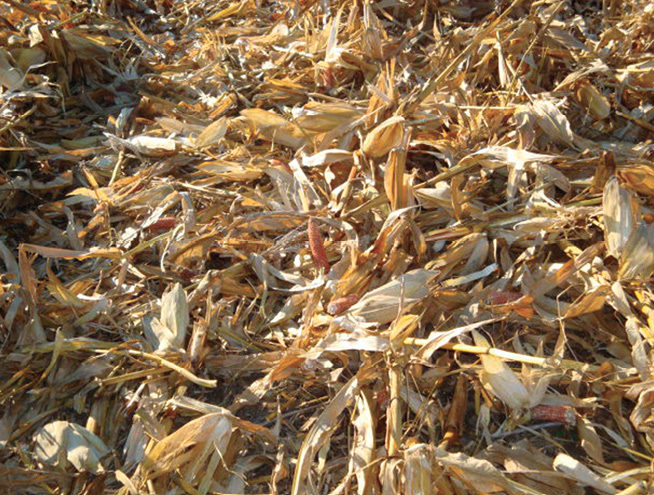No-Till Farmer
Get full access NOW to the most comprehensive, powerful and easy-to-use online resource for no-tillage practices. Just one good idea will pay for your subscription hundreds of times over.

I recently attended Ohio’s annual winter No-Till Conference and picked up several tips from some new and veteran no-till professionals. Held in early December, conference attendance was tremendous with more than 200 participants — a testament to increasing interest in no-till by many producers. Here is a quick look at some of the information picked up by Ohio no-tillers.
Jim Hoorman from Ohio State University explained how nitrogen, phosphorus and potassium held in residue can be worth $75 to $100 per acre with today’s fertilizer prices.
More importantly, he explained how the organic matter in residue has the most value over time in any farming system. Organic matter is a bank for nitrogen and many other nutrients, improving soil’s ability to produce higher yields. And that bank can build to a value of several hundred dollars per acre.
We all know from our own farming experiences that our higher-organic-matter soils also generally have the highest moisture-holding capacity and yield potential, thus any practice that builds organic matter is in the best interest of our long-term management strategies.
Producers Dave Lotz, Bill Lehmkuhl and Tom Lamp outlined their own individual no-till systems, making it clear that there are many approaches to being a successful no-tiller.
The producers emphasized and discussed three important areas of no-till management. Topics included the need to evenly spread residue across no-till fields, the value of using cover crops and the importance of grid or management soil sampling of fields to ensure…